
Chewing tobacco is known under many names such as hoobastank, backy, tobac, doogoos, chewpoos, chits, chewsky, dipsky, snuff, a pinch and many more. Chewing tobacco is one of the types of tobaccos which cannot be smoked. Instead, a person puts the tobacco between his or her cheek and gum or teeth and simply chews it. Dipping tobacco is similar to chewing tobacco, but in case of chewing one, a person needs to crush it with his or her teeth in order for the flavor and nicotine to be released. The three most common products made from chewing tobacco are loose leaf, pellets and “plug”. The last one is a form of loose leaf tobacco but it is condensed with a binding sweetener. In almost all cases of making of chewing tobacco, the same process is used in its production. This process includes leaf curing, cutting, fermentation and either processing or sweetening, depending on the brand. According to the data, lots of chewing tobacco brands, which were very popular during the Civil War, were made with cigar clippings.
Health issues
All the positive and negative effects of smokeless tobacco on the health still remain unclear. Certain studies claim that smokeless tobacco should be a part of the program which should help people to quit smoking. One of the main reasons why that is so, is because smokeless tobacco does not contain the same amount of carcinogens as smoking tobacco does and that would significantly reduce the risk of cancer. The problem is that such a claim is not backed up by proper evidence and the opinions of experts on the matter are divided. However, it is known that a person who consumes chewing tobacco drastically increases the risk of leukoplakia. Leukoplakia is a precursor to oral cancer. Apart from this, certain researches have shown that those who consume chewing tobacco increase the risk of developing certain types of cancer. The most commonly seen types of cancer caused by chewing tobacco are mouth and throat cancer. In addition to this, the experts have also found a connection between chewing tobacco and weight gain. Forms of chewing tobacco
One of the most popular forms of chewing tobacco is loose leaf tobacco. The makers of this form of chewing tobacco sweeten it and pack it loosely in an aluminum-lined pouch. In order to consume it, a person simply needs to take the portion of tobacco he or she wishes from the pouch. Of all the forms of chewing tobacco, this one is the most available. On the other hand, plug tobacco s pres formed into sheets. This is done with the help of little syrup, in most cases molasses. This will not only aid in the maintaining of the form of chewing tobacco but it will also sweeten it a little bit. In order to consume it, a person needs to either cut the tobacco from the plug or bite it off. Twist tobacco is called like that because it is spun and rolled into large strands which look like rope. Unlike the other two forms of tobacco, this one is much lower in moisture. Twist tobacco was not only chewed in the past but it could have also been smoked in a pipe. Twist tobacco was most popular in the 18th and 19th centuries. Tobacco bits are made by rolling already sweetened and flavored tobacco into small pieces. These pieces are then consumed individually.
History of chewing tobacco
According to the data, chewing is considered to be one of the oldest ways in which tobacco leaves could be consumed. It is a known fact that Native Americans used to chew tobacco leaves in both North and South America. It was not uncommon for them to mix the leaves with mineral lime. From the time when chewing tobacco was discovered, the southern parts of the United States were known for the making of chewing tobacco. Almost all of the farmers used to grow it, both for them and a bit for trading. Commercial sales of chewing tobacco first started in the 19th century. All the big companies which made chewing tobacco were in the South and in the year of 1938 R.J. Reynolds marketed 84 brands of chewing tobacco. For a large part of the 20th century, chewing tobacco was associated with a lot of sports in the United States, but mainly with baseball. However, the situation is much different now as chewing tobacco is not allowed at organized sporting events. Nowadays, chewing tobacco is not as popular as it used to be and it is mainly used by young white males in certain rural parts of the South. Other age groups use it as well and in other parts of the United States but not as much as they used to. Chewing tobacco is also popular in India but it is not chewed over there but kept between lip and gum.
Relevant statistical data
According to a certain study from 2009, almost 9% of all high school students in the United States used chewing tobacco at least once in a period of 30 days before the survey. Males use chewing tobacco a lot more than women and the percentage is 15% in men and a bit more than 2% in women. White people are known to consume it more than black and Hispanics put together.


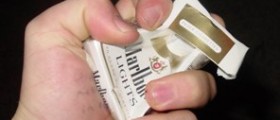
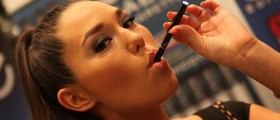

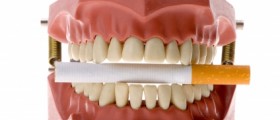
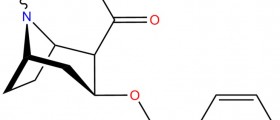
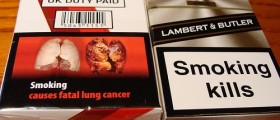
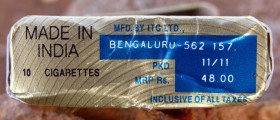
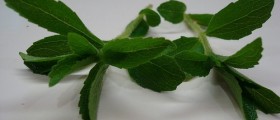
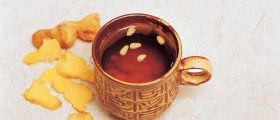
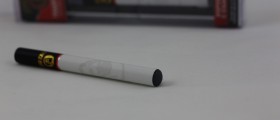

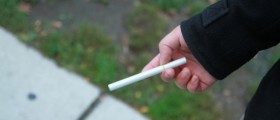


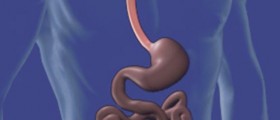
Your thoughts on this
Loading...